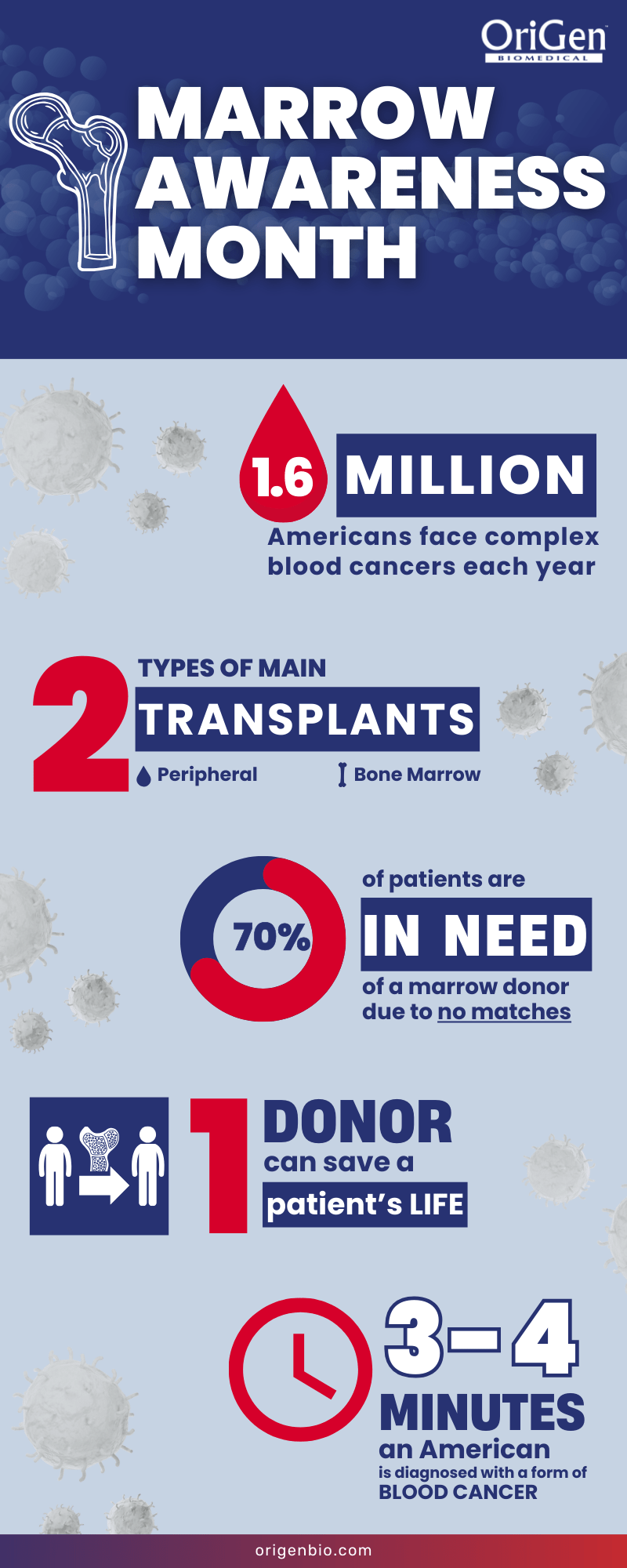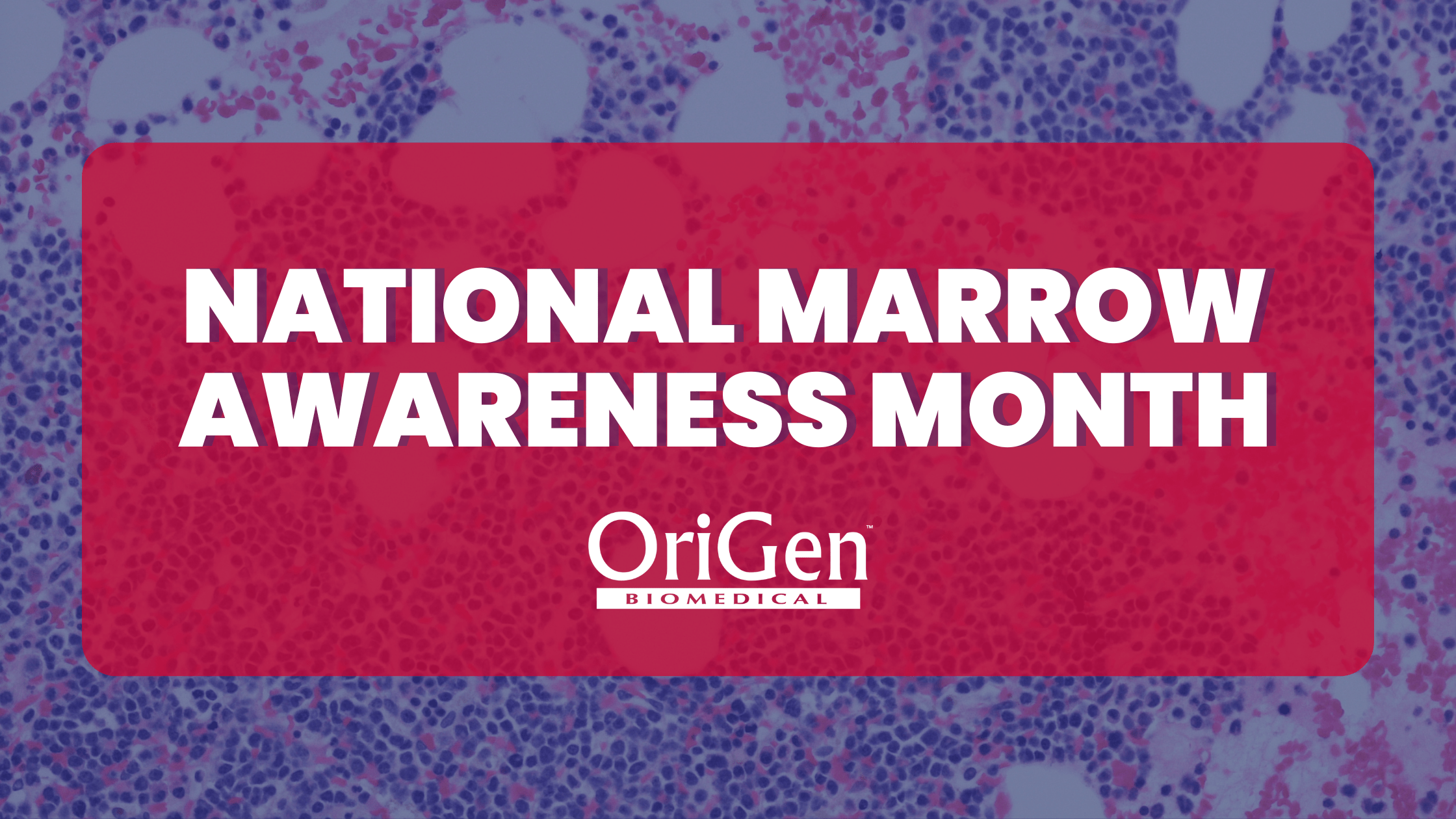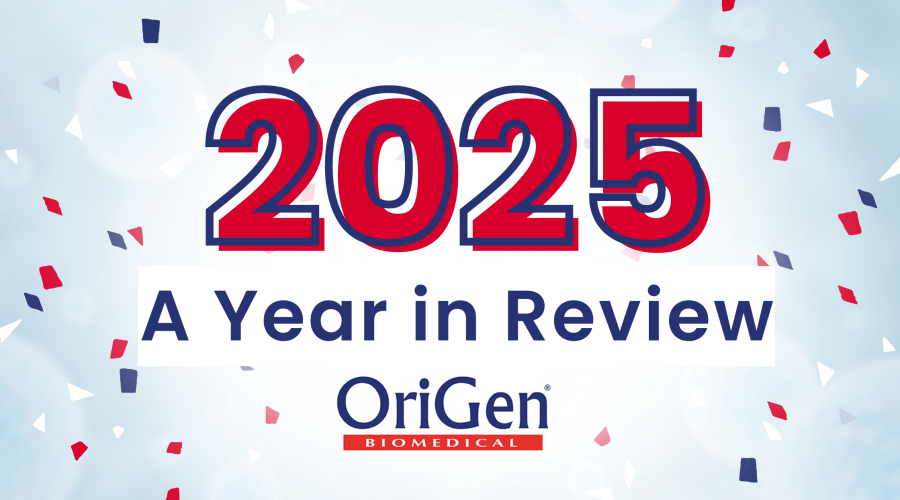November is recognized as National Marrow Awareness Month, a time to honor the dedication of transplant physicians, pioneering researchers, and selfless donors who embody the essence of hope and healing through their contributions to the advancement of stem cell and bone marrow transplantation. With approximately 1.6 million Americans facing diagnoses of complex blood cancers like leukemia, lymphoma, and myeloma each year, the importance of these life-saving treatments cannot be overstated. As we build upon the insights from our recent blog post on Blood Cancer Awareness Month in September, we continue emphasizing the significance of these transformative therapies.
Understanding the Essence of Bone Marrow
Every 3-4 minutes, someone in the United States is diagnosed with blood cancer.[1] To combat these growing diagnoses, doctors and researchers turn to bone marrow donors for crucial, life-saving therapies. Bone marrow is the spongy material found inside the bones, containing stem cells. These cells are in the very early stages of development. They will eventually become white blood cells, red blood cells, and platelets, which play pivotal roles in ensuring the body’s overall well-being.[2] Red blood cells are responsible for transporting oxygen to various tissues and organs; white blood cells act as the body’s primary defense against infections and foreign substances, while platelets aid in blood clotting to prevent excessive bleeding.
In the context of bone marrow donation, after the development of these vital blood elements, the donor undergoes further evaluation and preparation before the donation process. This typically involves comprehensive medical assessments to ensure the donor’s overall health and suitability for the donation procedure. National Marrow Awareness Month stands as a platform for advocacy, inviting healthy individuals to join the National Marrow Donor Program (NMDP) registry, amplifying the opportunity to match patients with compatible donors, thereby gifting them a chance at life.[2] By embracing the role of a donor, you bestow the gift of hope and renewed vitality—to those courageously battling life-threatening blood disorders.
The Path of Giving: Understanding Bone Marrow Donation
The success of a bone marrow transplant is tied to the availability of these critical stem cells, obtainable through the bone marrow donation process. Should your tissue type align with a patient in need, there are two primary approaches to bone marrow donation:
- Peripheral Blood Stem Cells: A simple yet impactful process involving the administration of daily injections over 4-5 days to boost your stem cell count, followed by collecting these vital cells through a technique known as apheresis. Your blood is gently drawn, channeled through the apheresis machine to isolate the stem cells, and seamlessly returned to your body.[2] The separated stem cells are carefully collected and preserved for further medical procedures, such as bone marrow transplantation, where they can be used to regenerate healthy blood cells and restore the recipient’s immune system.
- Bone Marrow Donation: Under anesthesia, this process involves extracting liquid bone marrow from the large bones in the pelvic area. The rapid regeneration of your marrow enables it to replenish itself within a few weeks, showcasing the remarkable resilience of the human body.[2] The harvested cells are then processed and prepared for transplantation into the recipient’s body. The extracted bone marrow is carefully filtered and treated to remove impurities or unwanted substances. Once the purification process is complete, the viable bone marrow cells are stored under controlled conditions to maintain their viability and effectiveness.
At OriGen Biomedical, we take pride in providing a diverse array of products for cell culture and cryopreservation, instrumental in treating blood cancers with various therapies or autologous transplants. Our PermaLife® Cell Culture Bags and CryoStore Freezing Bags offer a reliable safeguard for the protection, storage, and freezing of vital cells and tissues, as stem cells may be cryopreserved until the patient is ready to receive them. At the same time, our CryoPur® DMSO cryopreservation solutions and fluid transfer accessories streamline the cryopreservation process.
Embracing the Journey: How to Become a Donor
Getting started on potentially saving a life is simpler than you might think, and the impact can be truly profound. Here’s how you can begin this rewarding journey:
- Make sure your health information is up to date
- Dive into an informative session to learn more
- Show your commitment by signing a consent form
- Go through a thorough physical examination
- Give a sample of your blood for testing
- Make your donation
Remember, each step you take contributes to the larger mission of providing hope and healing to those in need. Your dedication and selflessness can make an extraordinary difference in someone’s life.
Illuminate Hope: Impact Beyond Donation
During the journey of your contribution, doctors look for a donor who matches their patient’s tissue type, specifically their human leukocyte antigen (HLA) tissue type. HLAs are proteins — or markers — found on most cells in your body. Your immune system uses these markers to recognize which cells belong in your body and which do not. The closer the match between the patient’s HLA markers and yours, the better for the patient.[3] Although the odds seem intimidating initially, remember that you could be the match that holds the key to a patient’s survival. If you have a relatively common tissue type, you might be one of many who could match a searching patient. If you have an uncommon tissue type, you may never match a patient, or you might be the only one out of more than 41 million potential donors worldwide who can save a person’s life.[3] In the end, every single donation counts. Your contribution could be the crucial link someone urgently needs. So why wait? Take a step today and be a lifeline for someone fighting for their tomorrow.
Joining Forces: A Collective Call to Action
As we observe National Marrow Awareness Month, let us band together as a community for hope and healing, advocating for expanded donor registration and increasing awareness about the transformative impact of bone marrow donations.
If you’re eager to contribute but unable to donate directly, there are still plenty of ways to extend your support, all of which can make a meaningful impact. You can make a difference through:
- Giving a financial contribution.
- Donating umbilical cord blood after childbirth
- Hosting or attending fundraisers.
- Volunteering your time and resources through various engagement opportunities[4]
Every small action sends a powerful message of hope to patients and their families. By spreading the word and getting involved, you’re contributing to a movement that genuinely has the power to transform and save lives. Together, let us illuminate the path of hope and healing for those searching for a second chance at life.





